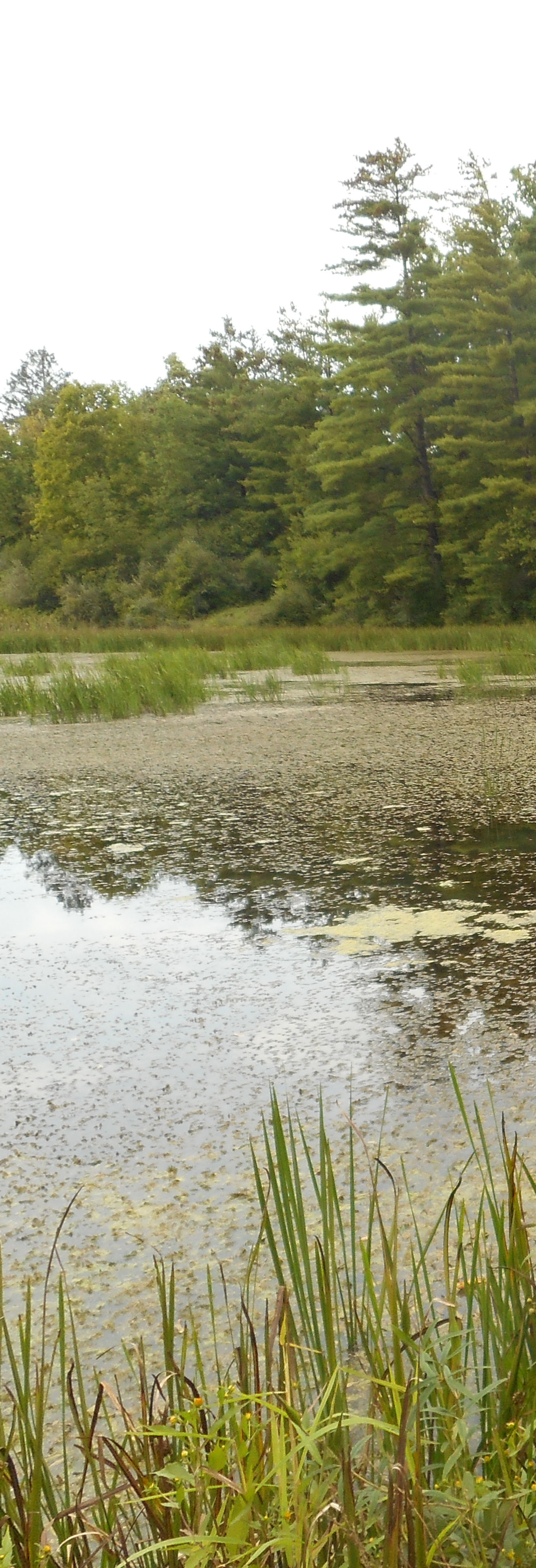
Wetland managers face a new set of challenges when addressing the impacts from global climate change. Wetlands are at risk of rapidly declining in quantity and quality due to impacts associated with climate change. However, wetlands also provide an effective strategy for mitigating and adapting to the impacts of climate change. Sea level rise, carbon sequestration, and nature-based solutions for hazard mitigation are among the many topics in recent discussions about wetlands and climate change.
Wetlands and Sea Level Rise
Sea level rise is the result of two primary biophysical factors. First, as the oceans absorb excess CO2 from the atmosphere, it causes ocean temperatures to rise which expands the volume of water in the ocean. Second, as average global temperatures increase, arctic glaciers and ice caps melt, adding additional volume to ocean water levels. As a result, and in combination with other drivers of change (e.g., subsidence, land conversion/alteration, and increased hurricane activity), coastal wetlands have been lost at an alarming rate. In fact, between the years 2004 to 2009, the rate of loss was 25% greater than from the previous reporting period of 1998-2004. Annually that adds up to 80,160 acres of coastal wetlands being lost each year. Many scientists predict that the rapid rate of sea level rise will outpace the evolutionary adaptive capacity of coastal wetland flora and fauna. Heavy development pressure in most coastal areas restricts the ability of wetlands to naturally migrate inward. And the further degradation of the remaining coastal wetlands will certainly reduce species diversity as well as increase the risks to human health and property from flooding, storm surges and groundwater contamination.
Wetlands and Carbon Sequestration
All types of wetlands are carbon sequestering systems (aka “carbon sinks”), from temperate freshwater wetlands to boreal peatlands. That means that wetlands have the ability to store excess carbon (via photosynthesis) from the atmosphere – one of the primary components of greenhouse gases and a driver of climate change. Drainage and degradation of wetlands can release significant amounts of this stored carbon back into the atmosphere in the form of methane and reduce the ability of wetlands to sequester additional carbon. Better management practices can help protect these stores of carbon and the ability of wetlands to sequester it. “Blue carbon” is the type of carbon that is stored by coastal wetland vegetation such as mangroves, seagrasses and salt marsh grasses. Terrestrial wetland soils also function as carbon sinks and can store carbon produced by upland agriculture, forestry and other land uses. As carbon, in the form of organic material (such as eroded soil, leaves, and tree debris), is washed into low lying wetland areas, it is deposited into wetlands where it becomes part of the wetland sediment through decomposition or burial.
Wetland and Hazard Mitigation
There is a growing interest among local, state and federal agencies and organizations in regard to the science and development of climate change adaptation and mitigation plans that leverage nature-based solutions such as wetland protection, restoration and creation. Coastal communities are being heavily damaged from extreme storm events and sea level rise. And inland communities are being impacted by severe flooding and drought. Several experts contend that nature-based solutions (aka “natural infrastructure”) such as healthy wetlands can provide many of the same benefits of traditional man-made infrastructure at a much lower overall investment and maintenance cost. Unlike traditional human-made structures, a well-designed and maintained natural infrastructure project will not depreciate like an artificial system, and in fact, may actually increase in value over time. And they produce many ancillary benefits such as wildlife habitat, carbon sequestration, water filtration, groundwater storage and floodwater attenuation. Natural infrastructure approaches include forest, floodplain and wetland protection; watershed restoration; wetland restoration; and conservation easements.
Engineered systems that mimic the functions of natural systems such as wetlands (e.g., bioswales, green roofs, etc.) and other nature-based solutions such as living shorelines and oyster reef seeding, are also being utilized, either alone or in combination with natural ecosystems and/or traditional hardened infrastructure. These are sometimes referred to as “hybrid systems.”
Useful Resources & Publications
NAWM Publications on Climate Change
State Wetland Climate Change Adaptation Summaries
